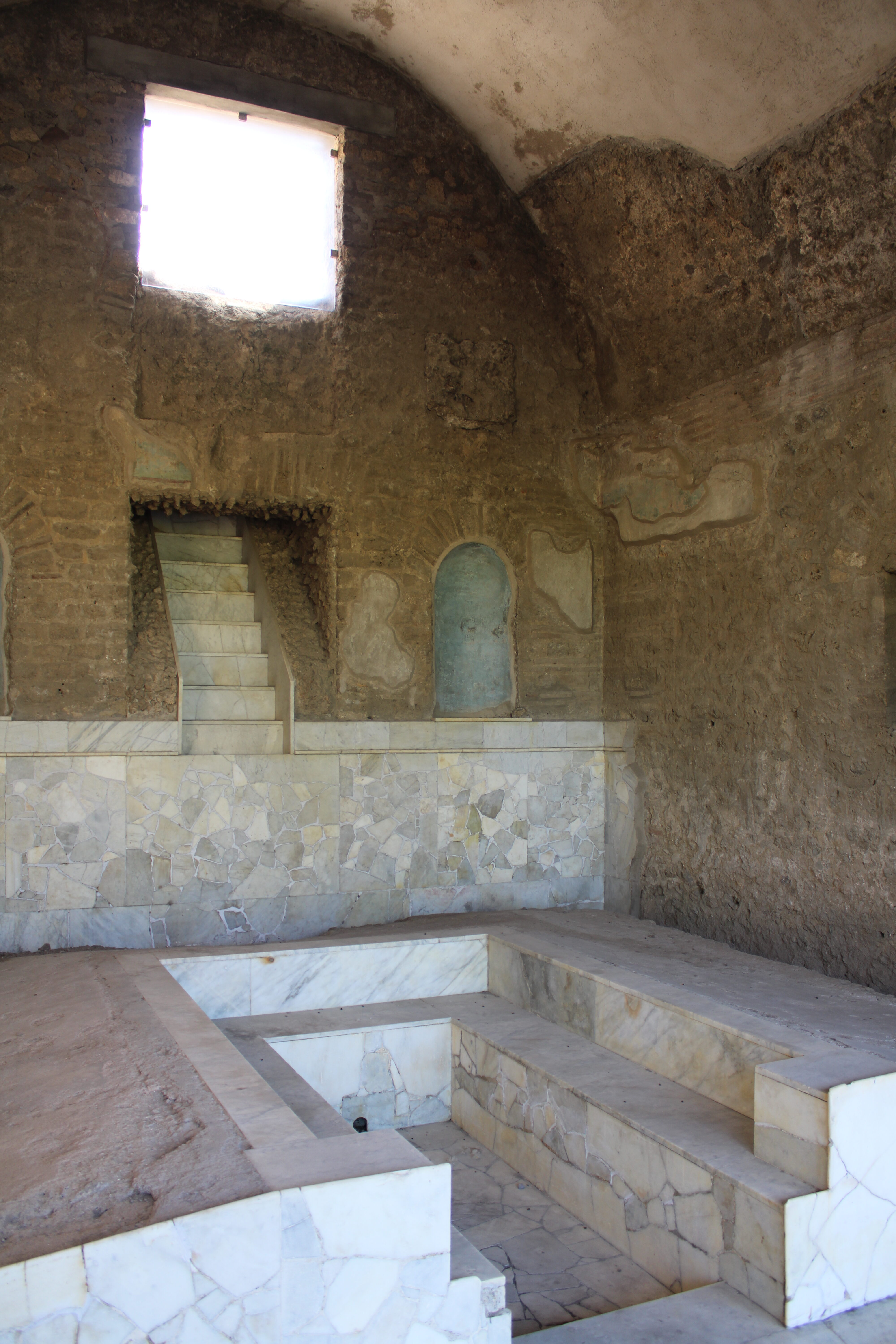
Sponsored by: AIA-Long Island Society

Humanity has long sought escape from reality. Today, the options to do so are numerous and varied, from 3D movies to augmented or virtual reality, which immerse users through headsets, speakers, and other devices. However, experiential immersion existed long before the advent of modern technology. In ancient Rome, an early form of “virtual reality” could be found in artificial grottos. Triclinium grottoes and “chamber nymphaea” became incorporated into residences ranging from large scale villas to moderately sized urban houses. Though the viewer’s experience varied depending on the setting, the goal was always the same: to artificially construct the reality of a grotto in a domestic setting. Focusing on examples from the Julio-Claudian and Flavian periods, such as the dining grottoes of the Domus Transitoria in Rome and the Praedia of Julia Felix in Pompeii, this paper explores not only how the constructed realities of triclinium grottoes differed from real grottoes but also examines the various methods through which viewers were manipulated to accept these artificial grottoes as reality in different settings.
Notifications